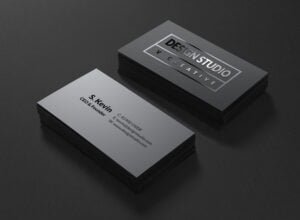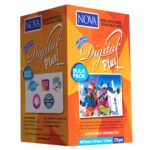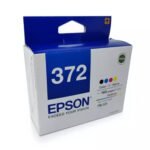In today’s digital world, where emails and LinkedIn connections dominate professional interactions, the humble visiting card still holds its ground. Why? Because a well-designed visiting card is more than just a piece of paper—it’s a tangible representation of your brand and a powerful networking tool.
The Importance of Visiting Cards
- First Impressions Matter: A visiting card is often the first impression a potential client or business partner has of your company. A high-quality card conveys professionalism and attention to detail.
- Tangibility: In a world flooded with digital information, a physical card stands out. It’s something your contacts can hold, keep, and refer to.
- Networking Efficiency: In networking events, a visiting card is an efficient way to exchange information quickly without fumbling for phones or dealing with spotty Wi-Fi.
Essential Elements of a Visiting Card
When designing your visiting card, keep these elements in mind to ensure it’s effective and professional:
- Logo and Branding: Your card should be a seamless extension of your brand. Include your logo, brand colors, and fonts.
- Contact Information: Clearly display your name, job title, company name, phone number, email address, and website.
- Clean Design: Avoid clutter. A clean, minimalist design is easier to read and more aesthetically pleasing.
- Quality Material: Invest in high-quality paper or other materials. A sturdy card feels more professional and is less likely to be discarded.
- Unique Touches: Consider unique design elements such as embossed text, rounded corners, or a memorable tagline.
Design Tips for a Standout Visiting Card
- Simplicity is Key: Stick to the essentials. Too much information can overwhelm the recipient.
- Readability: Choose fonts that are easy to read. Avoid overly decorative fonts that can detract from clarity.
- Color Scheme: Use colors that reflect your brand identity. Ensure there is enough contrast between the text and background for readability.
- Double-Sided Cards: Utilize both sides of the card. One side can be dedicated to your logo and brand, while the other contains your contact information.
- Incorporate Technology: Consider adding a QR code that links to your website or LinkedIn profile. This modern touch can make your card more interactive.
Trends in Visiting Card Design
- Eco-Friendly Materials: More businesses are opting for sustainable materials, such as recycled paper or even seed-infused paper that can be planted.
- Minimalism: Clean and simple designs continue to be popular. This trend emphasizes whitespace and essential information.
- Bold Colors and Typography: Eye-catching colors and bold fonts can make your card stand out in a stack.
- Innovative Shapes and Sizes: While the standard rectangular card is classic, some businesses are experimenting with different shapes and sizes to grab attention.
Conclusion
Despite the rise of digital communication, visiting cards remain a crucial tool in professional networking. They provide a personal touch and a lasting impression that digital alternatives often lack. By focusing on quality design and reflecting your brand’s identity, you can ensure your visiting card makes a powerful statement.
If you’re ready to create or update your visiting cards, explore our Visiting Cards for a range of design options and materials. Let us help you make a lasting impression with every handshake.





